Share the post "How Many Soccer Teams are in London? (Best 13)"
It’s widely acknowledged that soccer is the most popular sport in the world. London is the capital city of soccer, and Wembley is the national stadium. Arguably, the very home of soccer itself.
So it would be logical to assume that London has a wide and rich soccer culture. And so it does. So for any big soccer fan, it’s good to know London soccer teams.
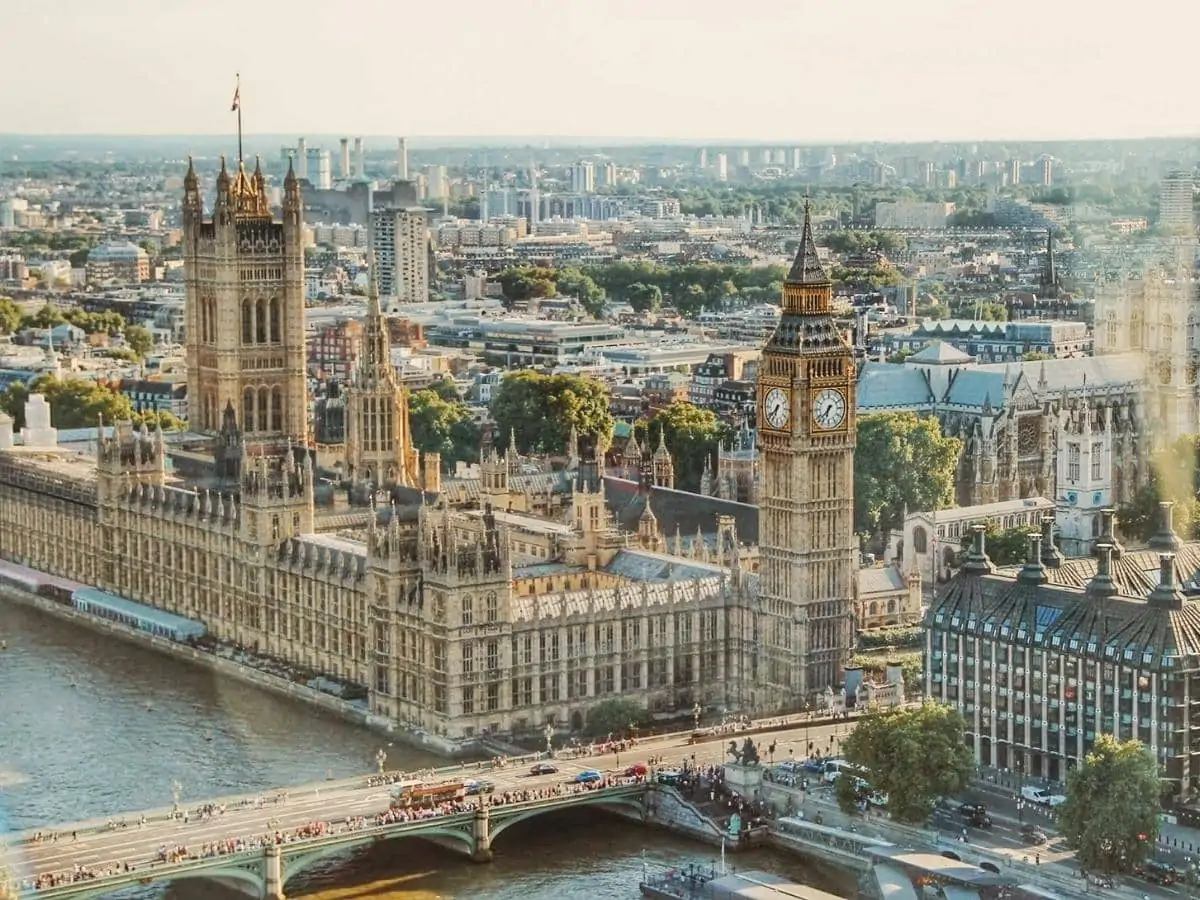
How many soccer teams are there in London?
There are 13 professional soccer clubs in London and 30 smaller semi-pro and amateur ones. At the current time of writing (as of the 2019-20 season), 12 of the pro clubs are competing within professional leagues.
While one, somewhat confusingly, resides in a lower semi-professional league.
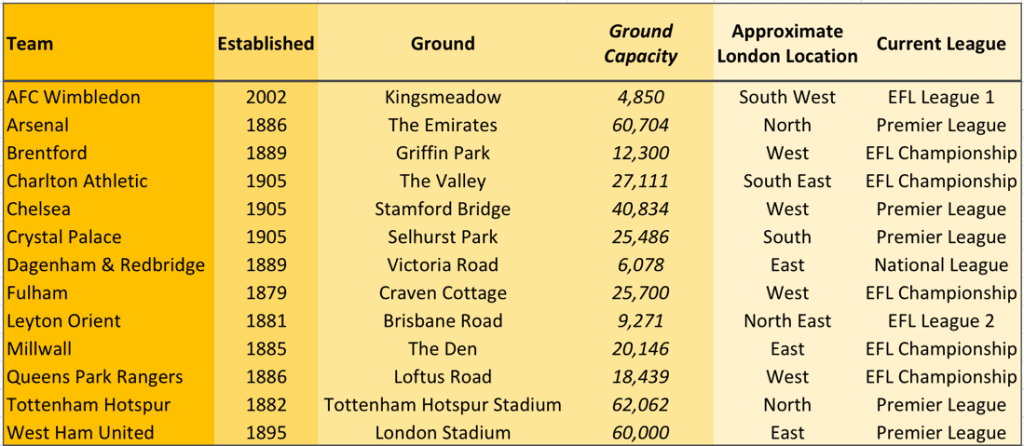
- Five of them currently compete in the top league – the Premiership. These account for a quarter of all the clubs in that league
- A further five clubs compete in the next league down – the EFL Championship – and they make up a fifth of that league
- Dagenham & Redbridge compete at the lowest level and in a semi-professional group called the National League. Although professional themselves, they compete with a variety of non-professional and semi-professional ones, as well as some other professional teams countrywide
- Fulham is the longest-standing professional team still operating, having been founded in 1879. In comparison, AFC Wimbledon was founded in 2002 by supporters of its evolved predecessor Wimbledon
- Tottenham Hotspur (Spurs) has the largest capacity ground at Tottenham Hotspur Stadium of 62,062 (although West Ham has a larger unregulated capacity)
- Various rivalries have arisen due to history, geography, and politics. They’re fluid and dependent upon which competition the teams are competing in at any given time, but more established ones tend to be;
- Arsenal and Tottenham (the London Derby)
- Chelsea and Fulham
- West Ham and Millwall
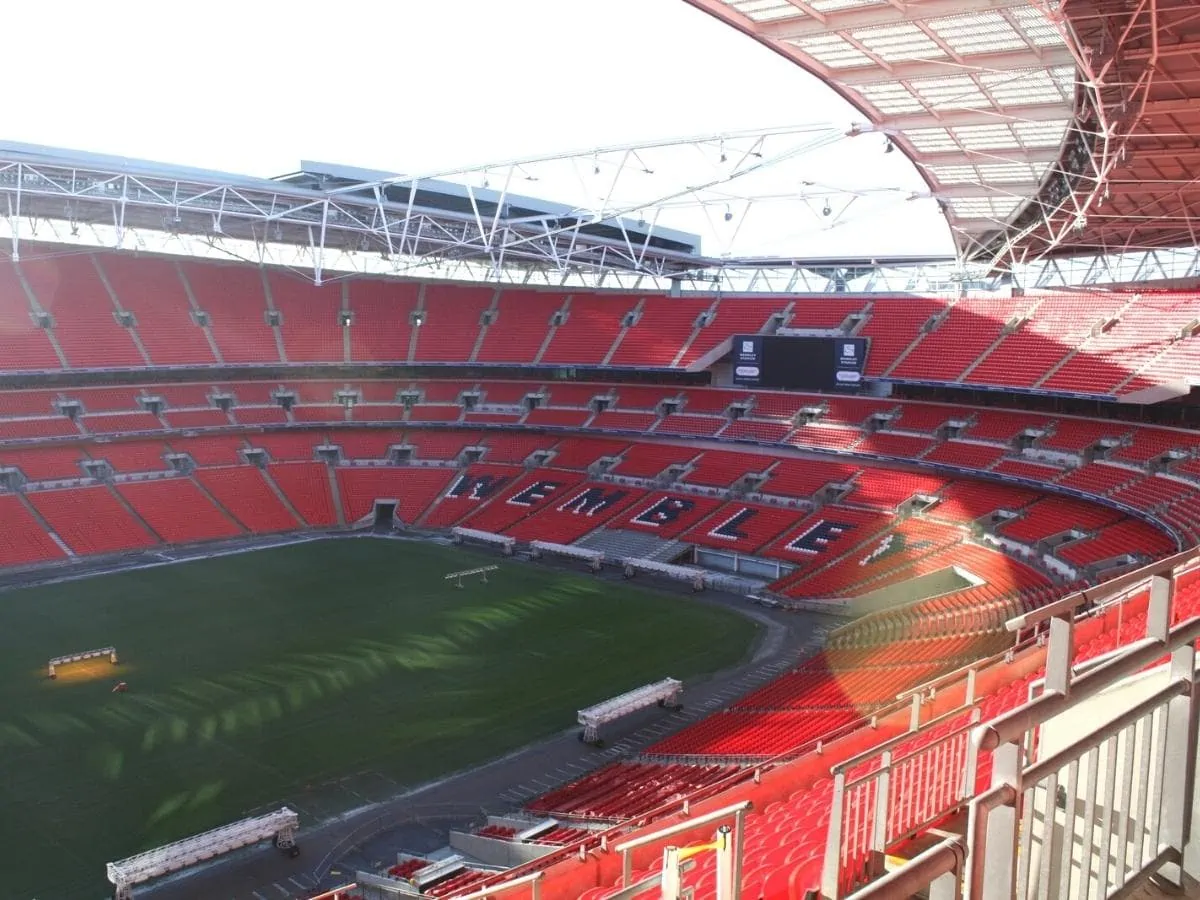
Best Soccer Teams in London
Certainly, while the Premiership has been in existence – since the 1992/93 season – Arsenal, Chelsea, and Tottenham would be considered the most successful.
During that time, the importance of financial clout in securing success – cups, leagues, or competitive position – has become imperative.
Since these clubs tend to have greater financial resources, it’s no coincidence they have become powerhouses in the London game and the world.
The Best 13 London Soccer Clubs
AFC Wimbledon
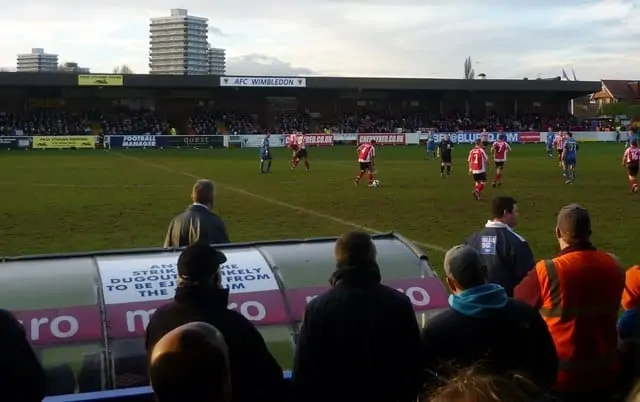
AFC has had a more colorful and even controversial time of it in recent history. In 2003, Wimbledon FC was moved, despite deeply unpopular sentiments, 56 miles north to Milton Keynes.
In Buckinghamshire, a county outside Greater London. It was rebranded as Milton Keynes Dons in 2004.
In 2002, resentment of these changes saw a supporter group form AFC Wimbledon which remained in London and is located at Kingsmeadow Stadium in SW London, which they share with Kingstonian FC.
AFC currently plays in the English Football League One (EFL 1), the third tier of the English league hierarchy, since being promoted in 2016.
Arsenal FC
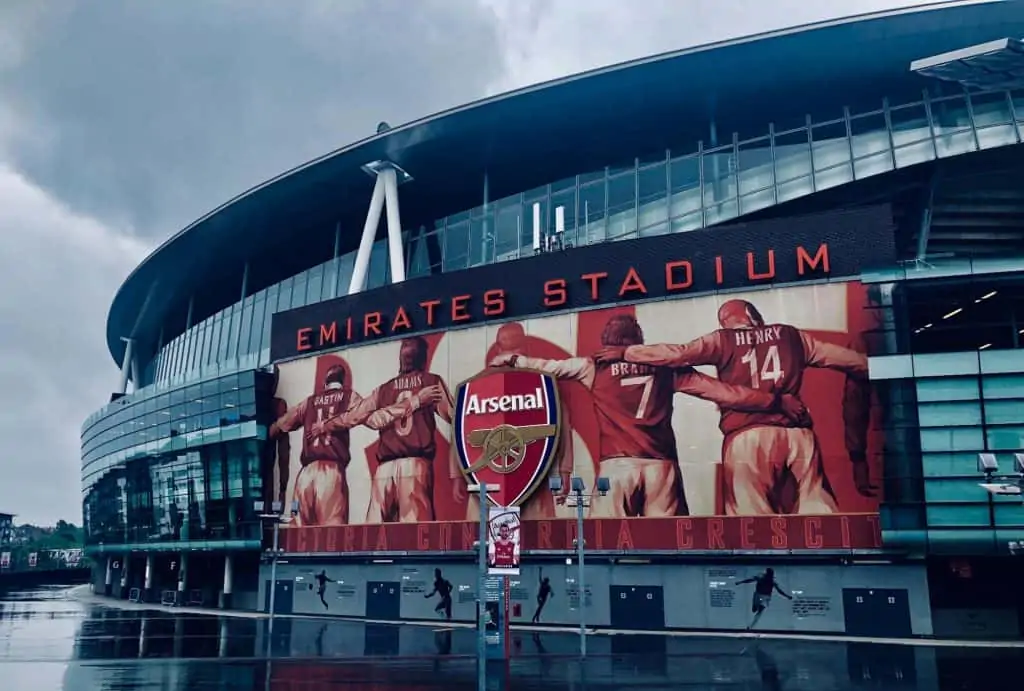
Arsenal is regarded as one of the most successful teams in the UK and has a formidable reputation globally.
Before the arrival of other heavy-hitting clubs into the Premier League (when corporate money was injected into the likes of Chelsea and Manchester City), the dominion of the early Premiership was battled out between
Manchester United and Arsenal. This was a golden era for the then-manager Arsene Wenger, whose consistency of quality at the club has been lauded but whose later lack of trophies was often criticized.
His longevity might define his legacy at Arsenal – he was a manager from 1996 to 2018: a period few managers can survive at a single team.
Brentford FC
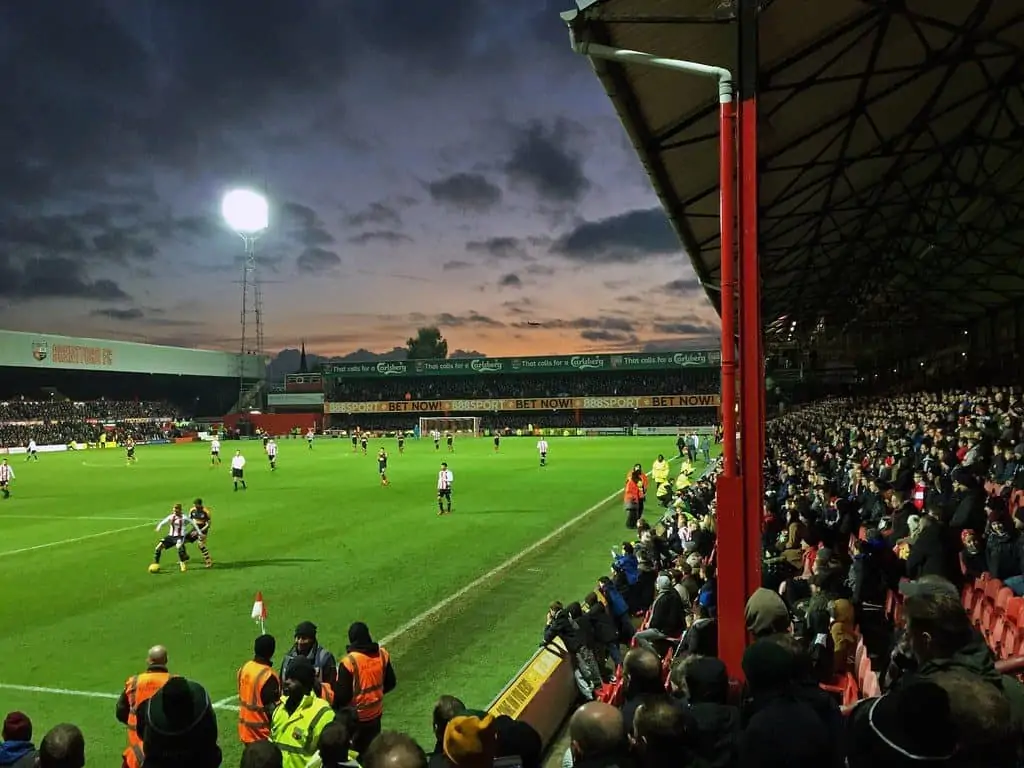
Brentford FC has spent the last several seasons in the second tier of the English leagues (the Championship), campaigning for promotion into the Premiership but failing in the home straight.
Indeed it’s frustrating for Brentford fans that their club is one of 18 who’s been in a playoff final for promotion but never won one.
Charlton Athletic FC
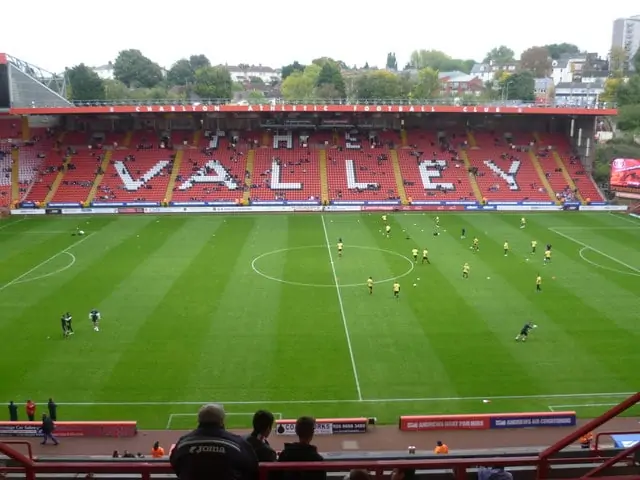
Charlton’s fortunes have turned sourer in recent times. From around 2000 to 2007, they were a stalwart of the Premiership. Admittedly, they struggled here and there but managed to remain in the top tier.
After faltering in the 2006/07 season and slipping into the Championship, it took them only a couple more seasons to falter again and drop into League One.
Despite having clambered back up a league since then, they have not been able to recapture the form of the early to mid-2000s.
Chelsea FC
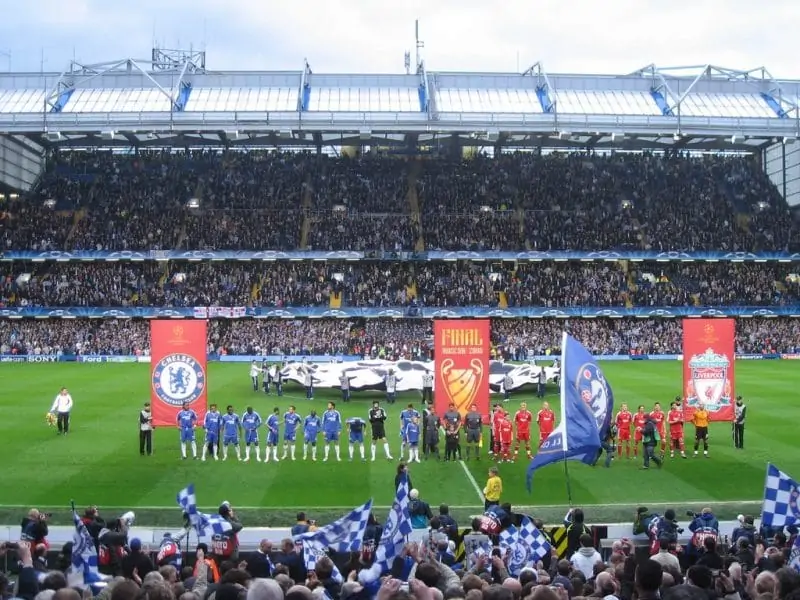
Since the arrival of Roman Abramovich as the owner of Chelsea, the club has seen a renaissance in its fortunes. Abramovich took on the club in 2003, and it’s no coincidence that not only did Chelsea win the Premiership immediately in the 2004-05 and 2005-06 seasons.
They have also won it on five occasions since that time. The arrival of Abramovich has been controversial as he was the first overt financial, and some might argue, artificial, enhancement of a club.
This signaled a fundamental shift in the way a team conducts business. Even though Abramovich has ties to Russian politics, there are questions about how he raised his wealth in the first place.
Update 2022: After more revelations about Abramovich’s funding source, the UK government forced him to put the club up for sale. Chelsea is now owned by Todd Boehly, an American billionaire who owns LA Dodgers.
Crystal Palace FC
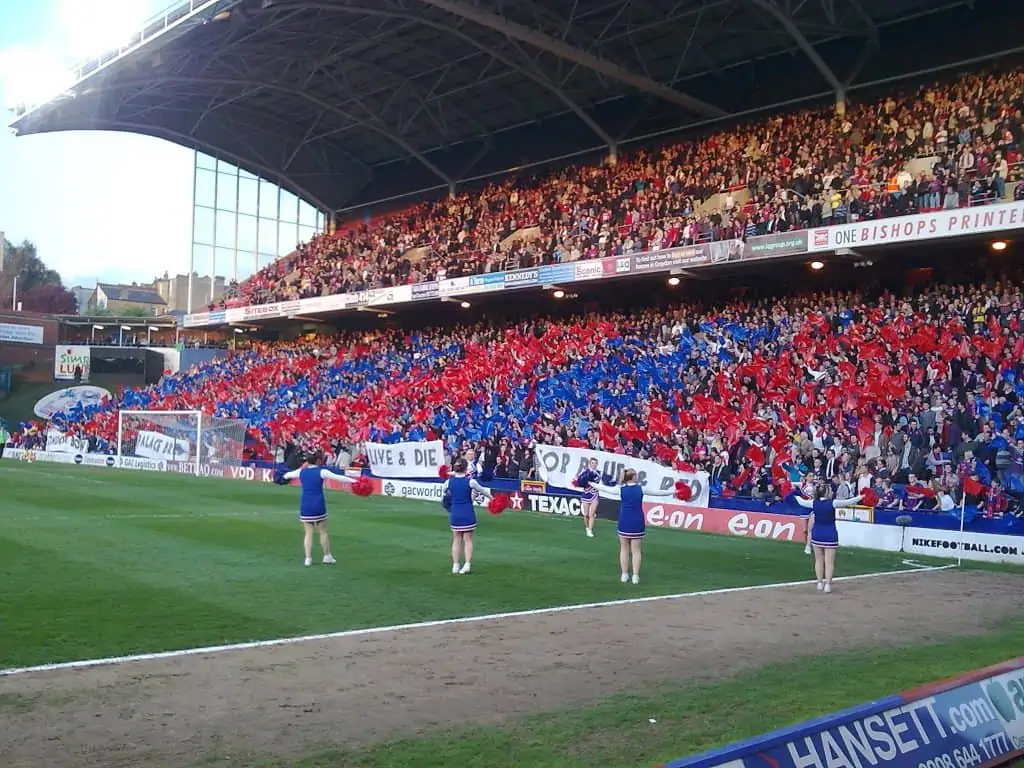
The Eagles have seen a resurgence in more recent times. From 2005 to 2013, Palace languished in the Championship. They were scraping into the playoffs, which they won.
Since that time, sometimes, by scraping some more, they have remained in the top tier.
In recent years, Crystal Palace has become a regular staple of the Premiership, having been transformed into a more mid-table team.
Dagenham & Redbridge FC
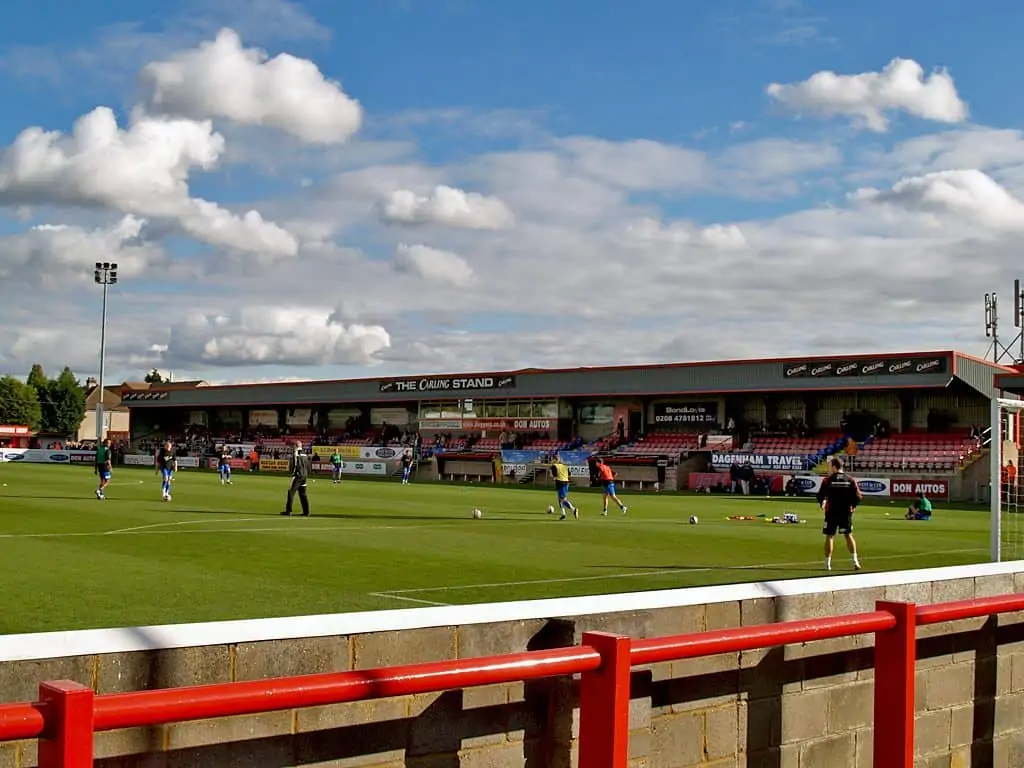
A professional side now playing in a semi-professional league, D&R has gradually declined in recent years.
They have been playing in the semi-professional National League since 2016, and the 2018-19 season saw them finish a painful 18th.
Fulham FC
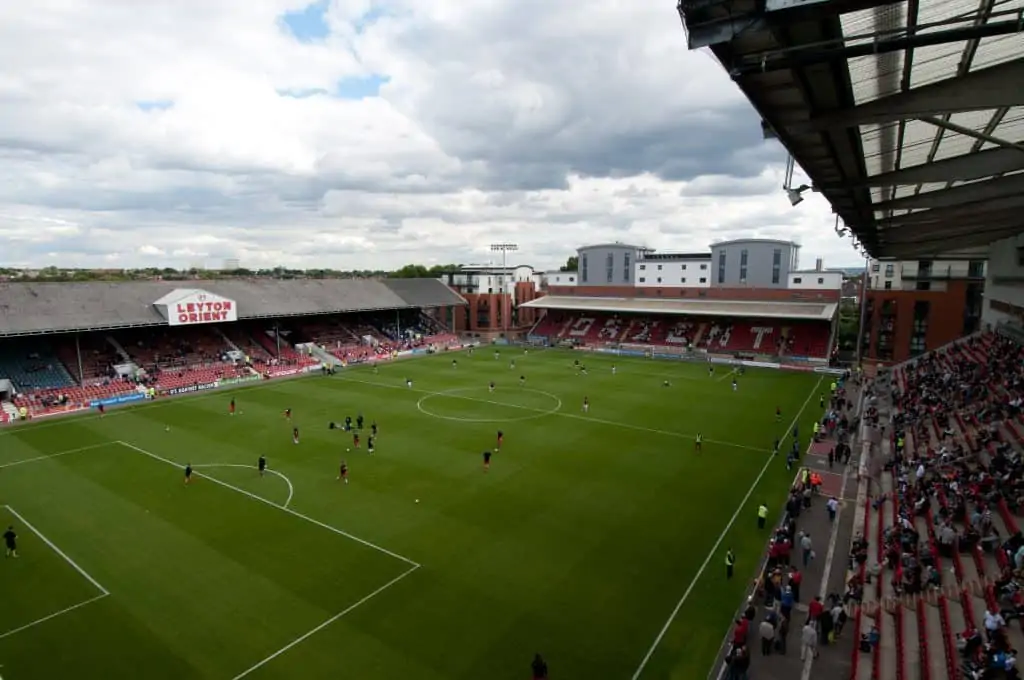
Fulham was relegated to the Championship at the end of the 2018-2019 season after winning promotion in the previous campaign.
On the whole, Fulham’s recent history has seen them as Premiership regulars, and it’s only in very latter seasons that they have become more volatile.
Leyton Orient FC
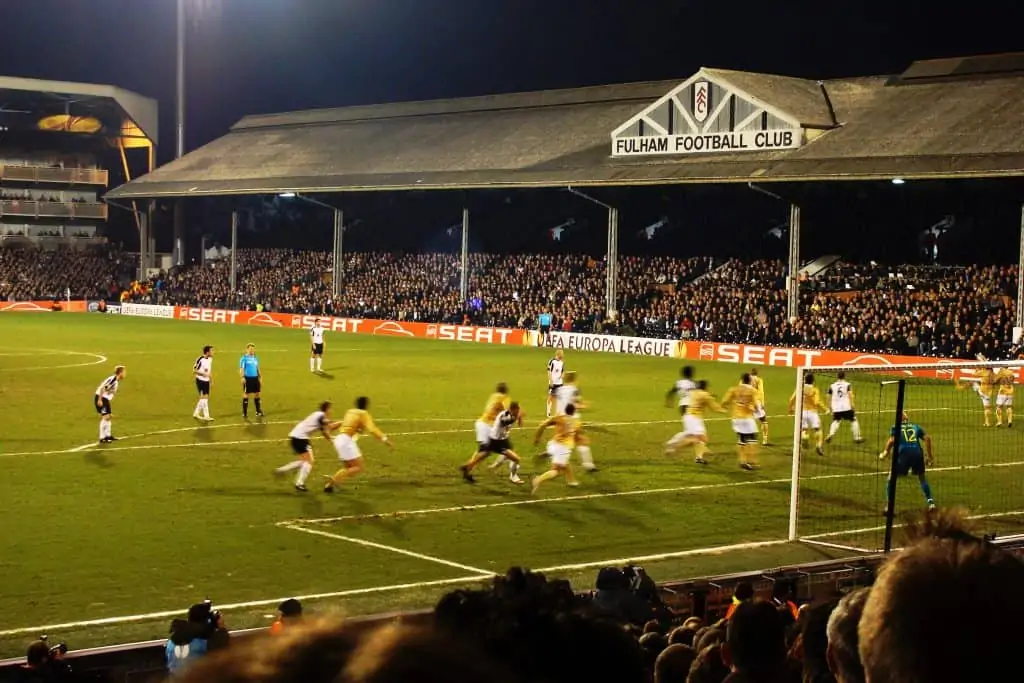
Last season, Orient was promoted out of the National (semi-professional) league and into League Two, the fourth tier of the professional league.
Orient is hunting for their 2006 to 2015 League One past glory.
Millwall FC

For over the last 20 years, Millwall has shown a repeating pattern of periods of stability, then promotion, more stability, and relegation.
This has been tantamount to yo-yo-ing between the Championship and League One.
Queens Park Rangers FC
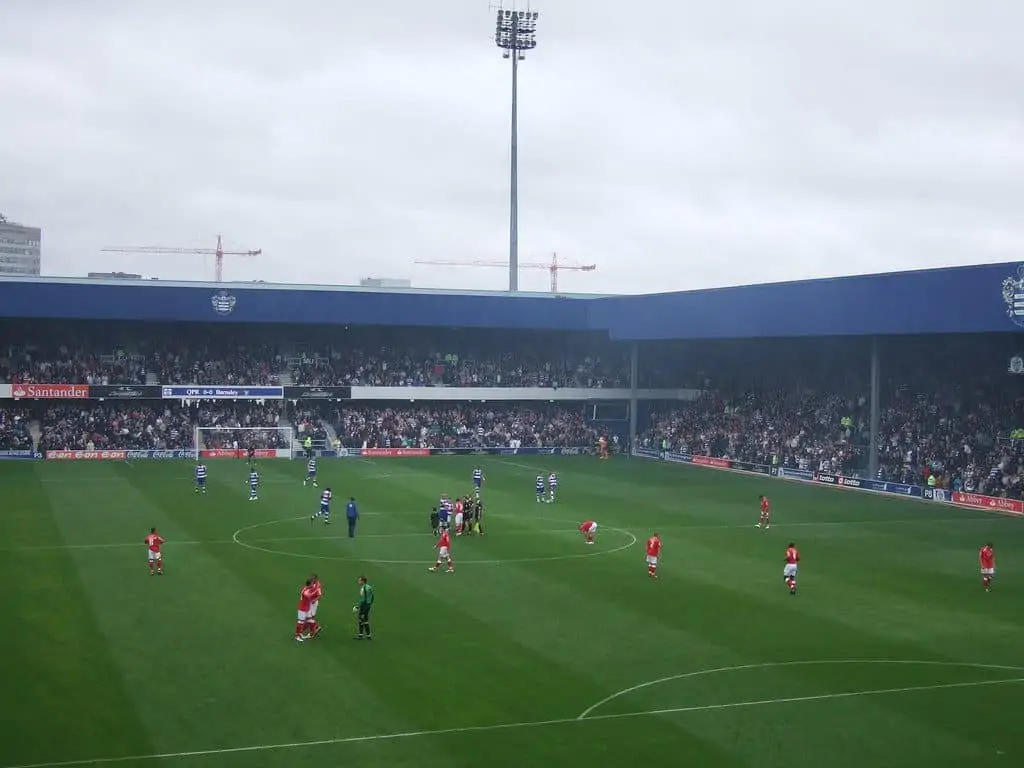
QPR has been stable over the last four seasons – all in the Championship (even though last season saw them just squeeze clear of being relegated, finishing in the 19th spot).
Before this, they spent the previous five years variously hopping between the Premiership and the Championship.
An interesting aside is that a steel magnate named Lakshmi Mittal owns a proportion of QPR (11% according to Wikipedia) but has not invested in the team in the same way as other rich “business hobbyists” have done in the past.
Tottenham Hotspur FC
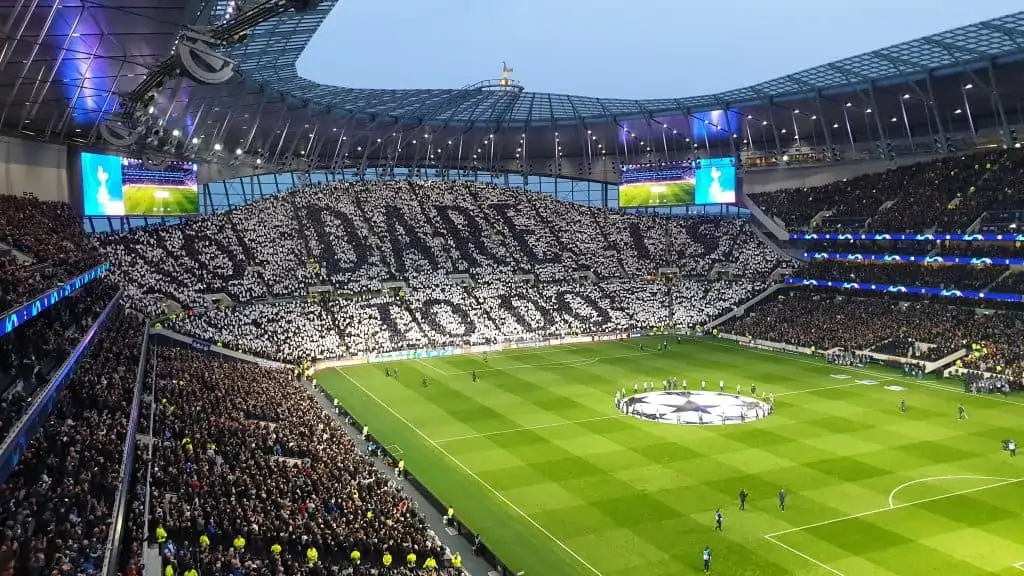
For their legion of fans, “Spurs” is a frustrating team to support. They are illustrated by the fact that they haven’t finished in less than 8th position in the Premiership in the last ten years.
There’s an understandable expectation that a league title is well overdue.
However, this is a feat they have failed to achieve for quite a few decades. Of the London “big three” Tottenham tends to be the poorer cousin these days, even though the club has accrued many pioneering records over its history.
West Ham FC
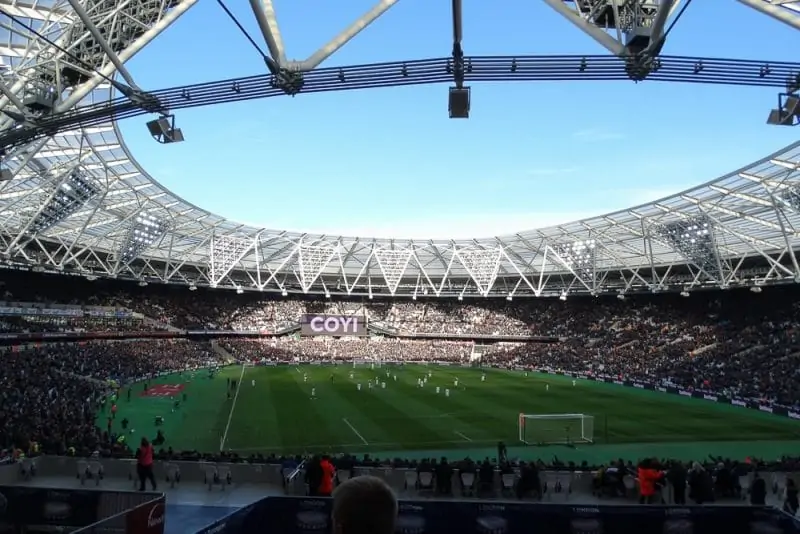
“The Hammers” have enjoyed a balmy spell in the Premiership. Winning promotion in the 2011-12 season, they immediately installed themselves in the Premiership as competent “mid-tablers,” having not finished any lower than 13th in all that time.
The icing on the cake for the Hammers has been the move to their new home in 2016, which has significantly increased supporter accommodation and will have injected fresh financial blood into the club. For more useful guides, see the articles below or visit our home page.
Related Questions
How many amateur clubs are there in London?
There are around 80 clubs in the lower leagues of the English game that are non-professional.
How many English Premier League clubs are there in London?
In the EPL, 5 clubs are from London (2022)
How many soccer teams are there in England?
There are 69 professional clubs in the English leagues,
Share the post "How Many Soccer Teams are in London? (Best 13)"
Joel is a seasoned soccer journalist and analyst with many years of experience in the field. Joel specializes in game analysis, player profiles, transfer news, and has a keen eye for the tactical nuances of the game. He played at various levels in the game and coached teams - he is happy to share his insight with you.



